Cerebral Vascular Accident (Stroke) and Occupational Therapy Report
VerifiedAdded on 2020/05/16
|6
|1236
|194
Report
AI Summary
This report provides an overview of Cerebral Vascular Accident (CVA), commonly known as stroke, and the significant role of Occupational Therapy (OT) in the rehabilitation process. The report highlights the challenges faced by stroke survivors, including paralysis, cognitive impairments, and difficulties with activities of daily living (ADLs). It examines three key articles that explore various OT interventions. The first article focuses on the Multiple Errands Test–Revised (MET–R) as a performance-based measure of executive function, crucial for assessing cognitive abilities post-stroke. The second article discusses the benefits of combining intensive OT with low-frequency repetitive transcranial magnetic stimulation (rTMS) for patients with upper limb hemiparesis, emphasizing improved motor function. The third article delves into the combined therapeutic application of botulinum toxin type A, low-frequency rTMS, and intensive OT for post-stroke spastic upper limb hemiparesis, demonstrating increased effectiveness. The report emphasizes the importance of OT in addressing deficits, promoting health and well-being, and facilitating community reintegration for stroke survivors, often in conjunction with other medical interventions. The references provided support the evidence-based approach to OT in stroke rehabilitation.
1 out of 6
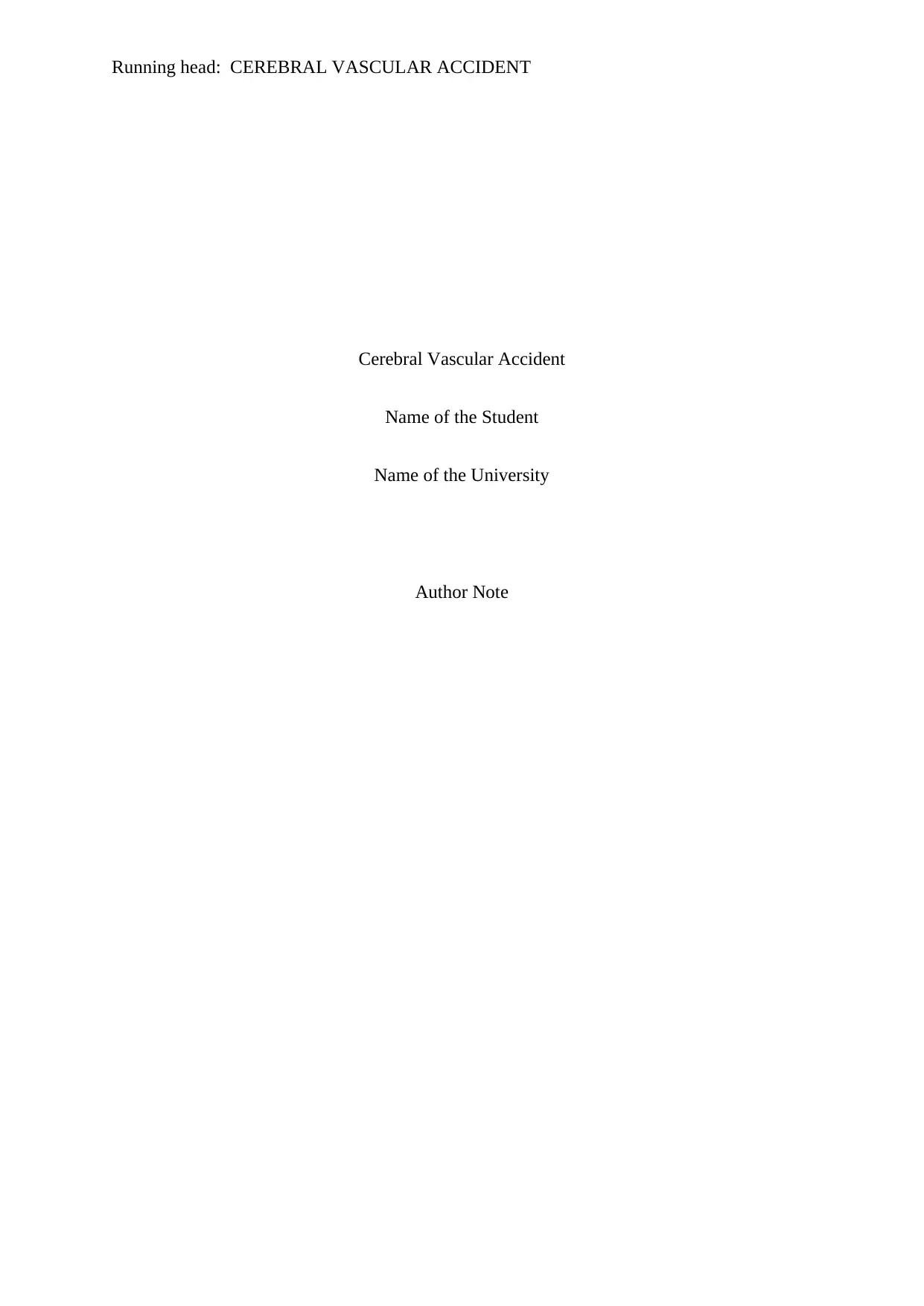
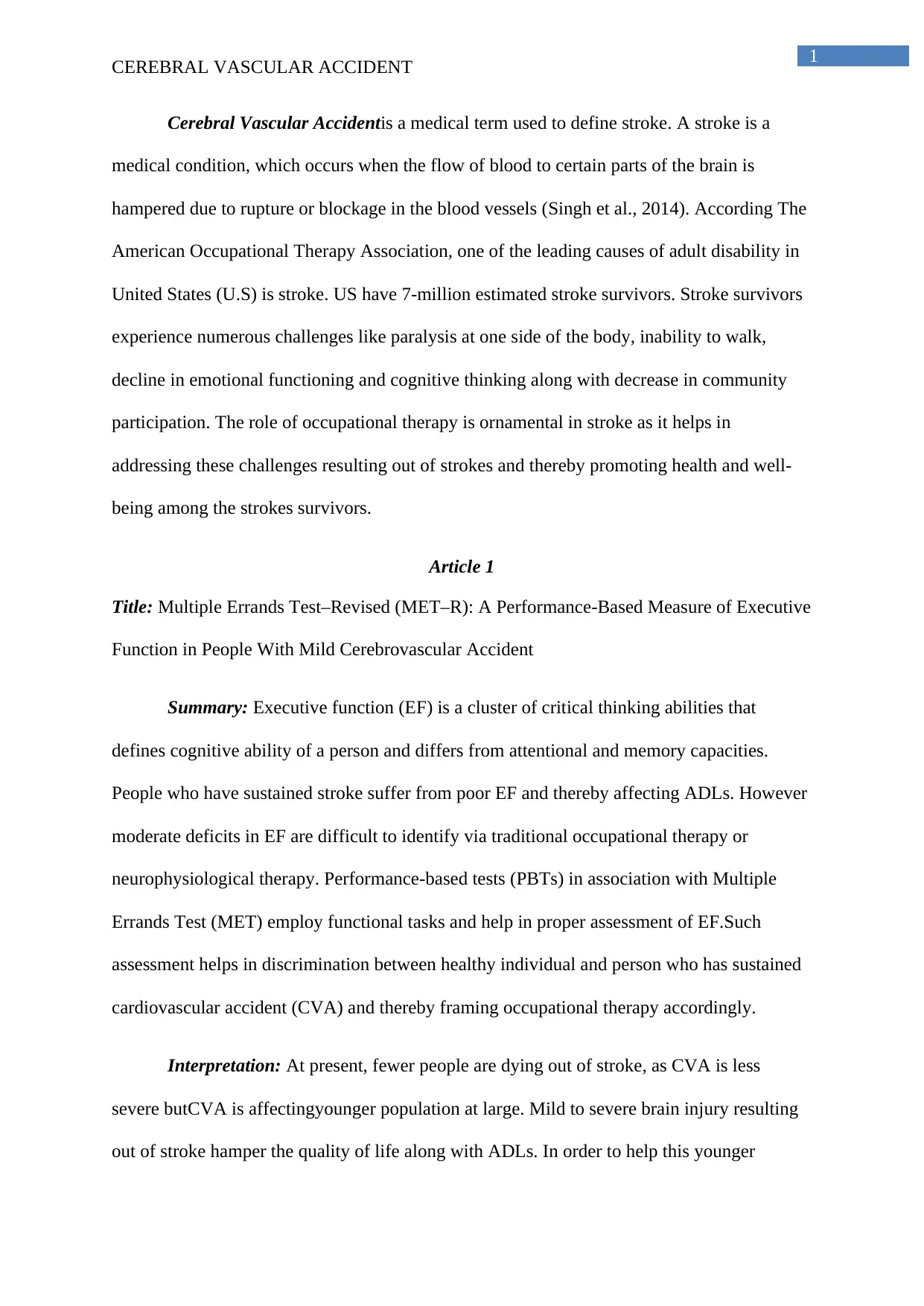
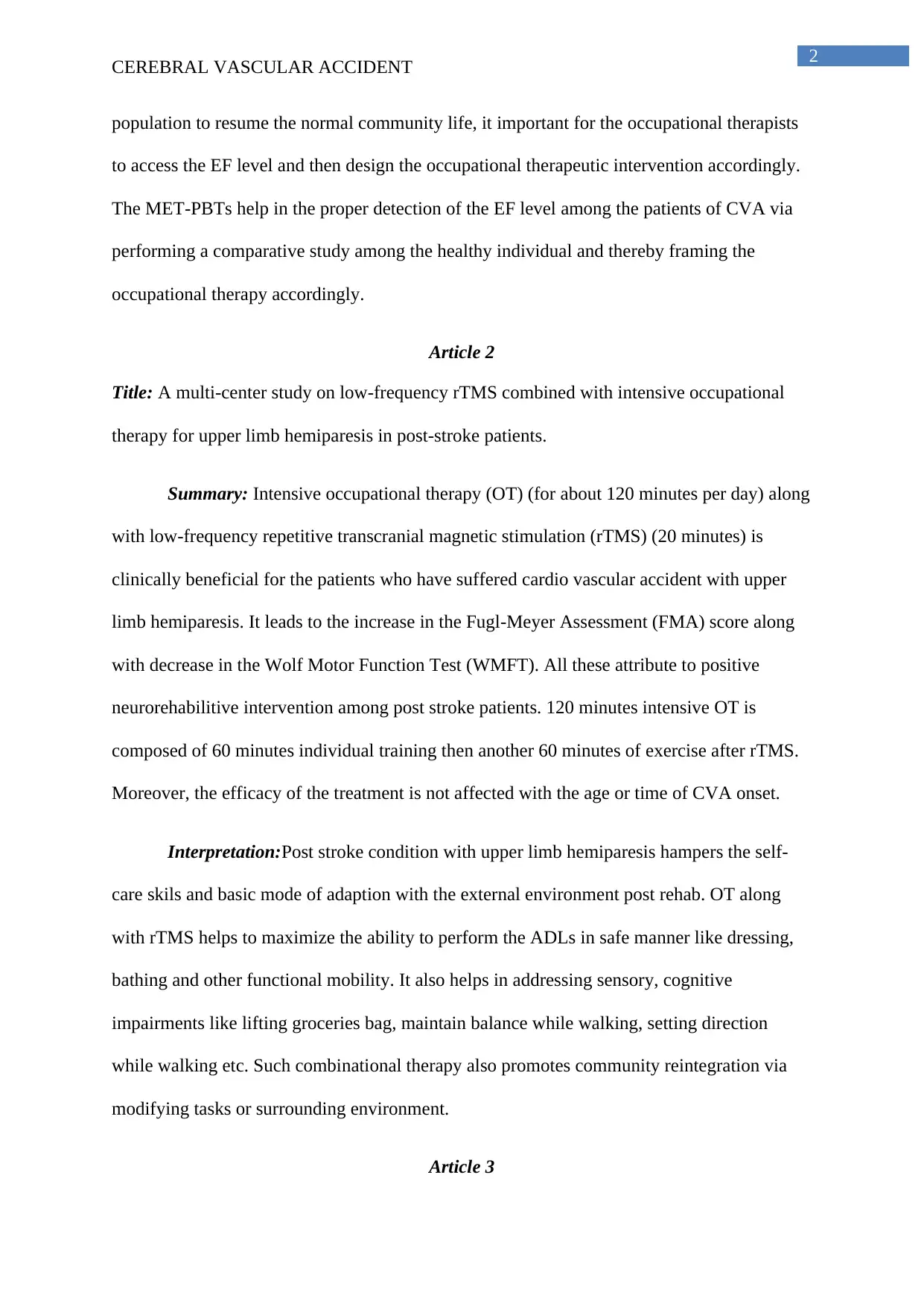

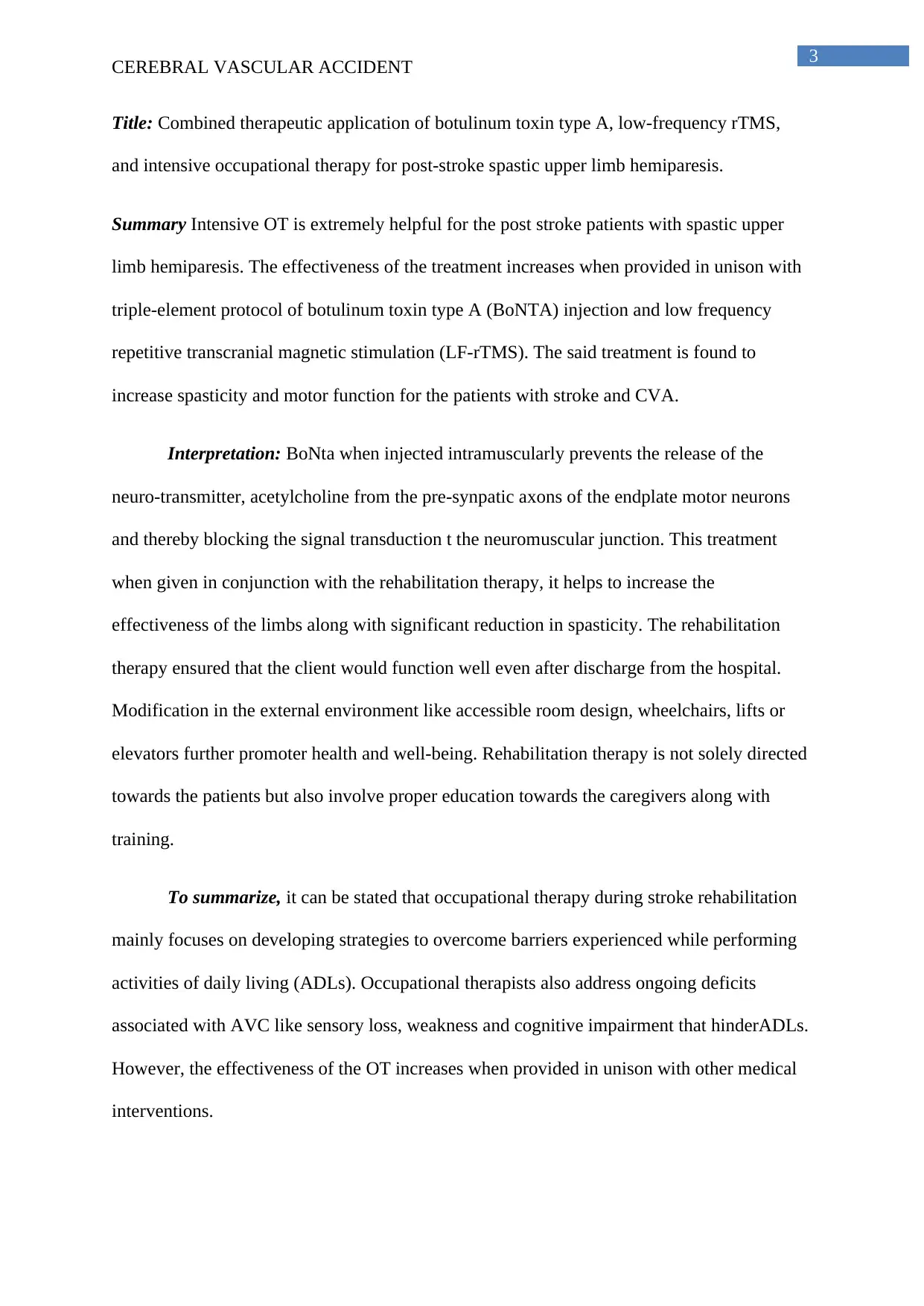
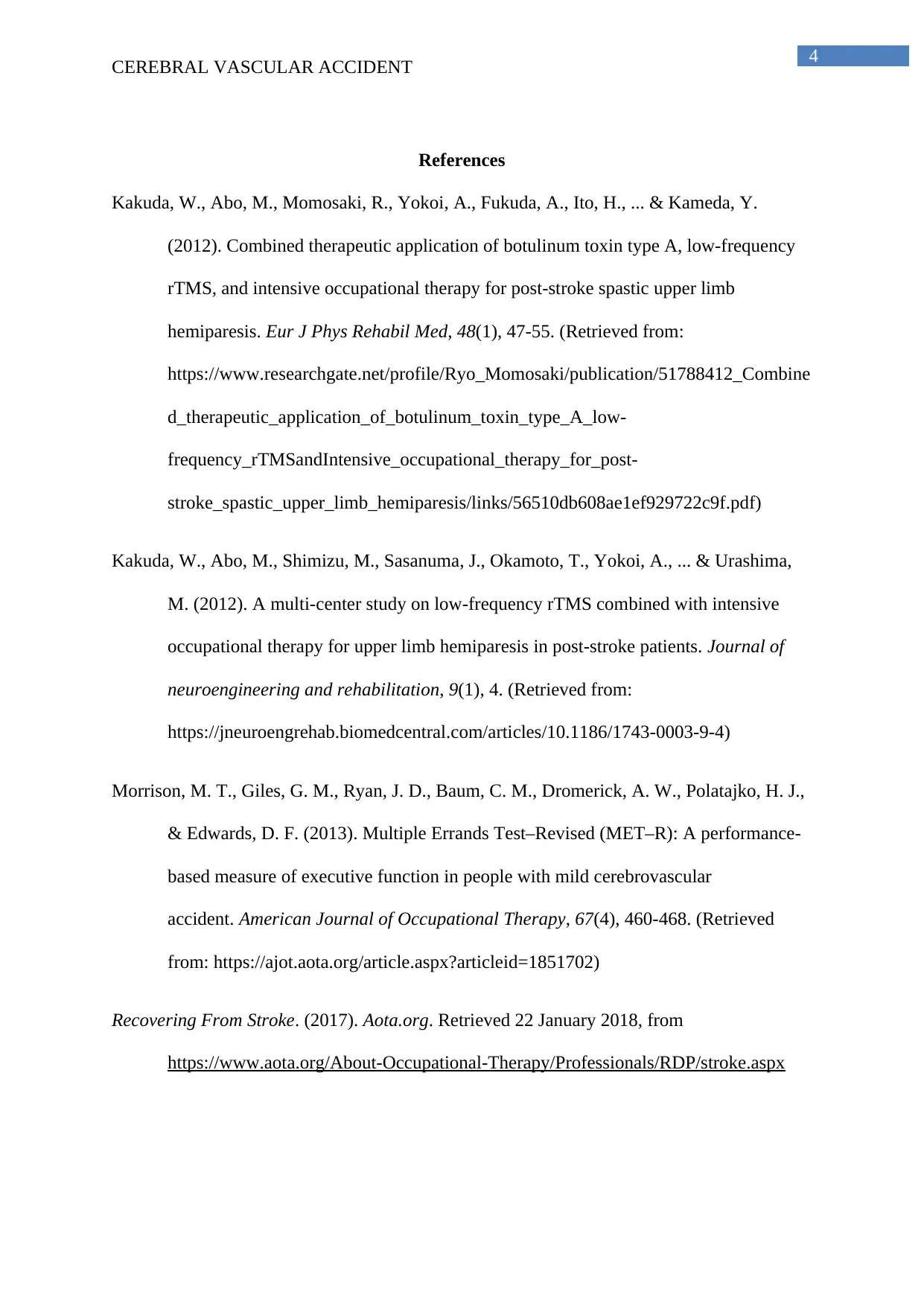

![[object Object]](/_next/static/media/star-bottom.7253800d.svg)